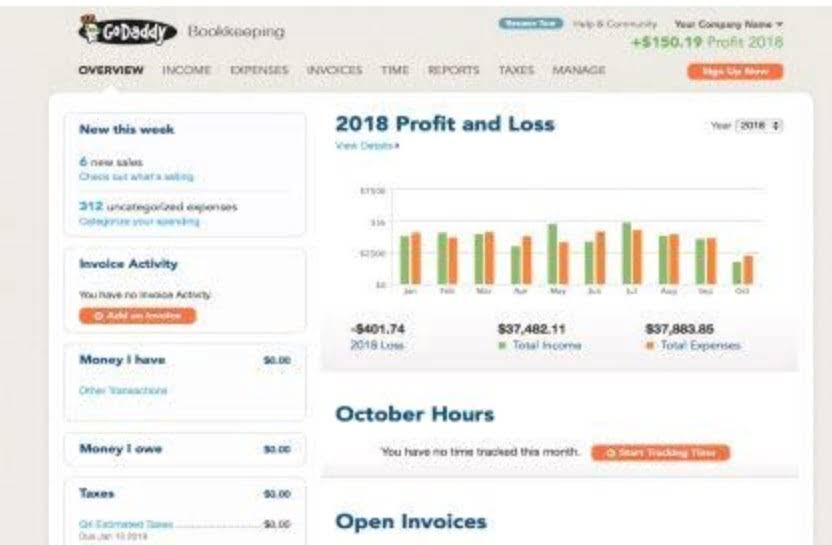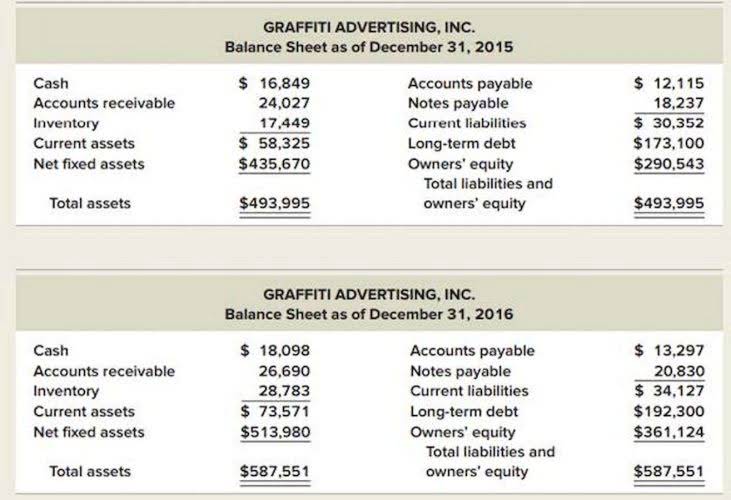
However, in bankruptcy proceedings bondholders are at least well positioned to be paid back. Although the balance sheet account groups cash and cash equivalents together, there are a few notable differences between the two types of accounts. Cash is obviously direct ownership of money, while cash equivalents represent ownership of a financial instrument that often treasury and cash management ties to a claim to cash. Cash is money in the form of currency, which includes all bills, coins, and currency notes.

Accountants & Bookkeepers

For example, deciding when to process your bill payments can really impact your year-end cash balance. I find it helpful to break down cash flows into outflows and inflows and three key areas. Let’s take a look at the critical area of cash management — ensuring that cash is in the right place at the right time.
Ready to Experience the Future of Finance?
- It refers to the day-to-day handling of cash inflows and outflows to meet payment obligations, plan for future payments and maintain financial stability.
- In the early stages, finance teams care predominantly about bookings and revenue, and less about GAAP financial statements.
- Longer durations tend to have higher returns but may not fit with the forecasted cash needs of the company.
- DebtBook’s Cash Management application provides government and nonprofit treasury teams with purpose-built software to power efficient liquidity and cash flow management.
- While the two terms may be used interchangeably, they have different financial impacts on your company.
- This includes the cash held in a company’s bank accounts but potentially also other financial assets, such as investments, and liabilities such as debts or accounts payable.
If your company is making this transition, it’s most likely due to significant growth or preparation for an audit. A key assets = liabilities + equity part of my role as Airbase controller encompasses several treasury functions beyond cash management. As mentioned above, cash management is going to be your best tool when your organization needs to know if it has enough liquidity to cover immediate obligations. The biggest investment in treasury tooling that a company could potentially make would be to purchase a Treasury Management System (TMS).
Lack of cash management skills
A certificate of deposit is a type of savings account with a financial institution. It represents a certain amount of a saver’s capital that can’t be accessed by the saver for a specific period of time. In return for the use of their capital, the financial institution pays savers a fixed rate of interest. A CD is considered a very safe investment and is insured up to $250,000 when purchased at a federally-insured bank. Should the saver need their money, they may be able to break the CD contract by paying Law Firm Accounts Receivable Management a fee or interest penalty. Short-term government bonds are considered by some to be cash equivalents because they are very liquid, actively traded securities.


Reach out to our team today to schedule a demo and learn more about our cash management systems, CashSimple® cash management vs treasury management technology, and how we can streamline your company’s financial health. Effective and streamlined cash management is essential for your business’s prolonged and long-term success. Integrated Cash Logistics and our cash capture solution assume full responsibility for your company’s cash as soon as you deposit it in our safe. This way, you can have access to real-time reporting information to help enhance treasury management while also improving cash management processes. Technology is a great asset for businesses looking to enhance their treasury and cash management in accounting. Digital tools, such as cash capture technology, help automate and amplify a company’s efficiency, accuracy, and decision-making for both functions.
- In addition, the company may not have preferential positioning in bankruptcy or liquidation proceedings.
- When it comes to scope, cash management is primarily concerned with short-term liquidity needs, focusing on certifying that there’s enough cash available to cover day-to-day operations.
- If your company is making this transition, it’s most likely due to significant growth or preparation for an audit.
- Examples of marketable securities include T-Bills, CDs, bankers’ acceptances, commercial paper, stocks, bonds, and exchange-traded funds (ETFs).
- Alternatively, credit facilities are also a resource that provides extra leeway and can help drive your business forward.
- Another treasury function is forecasting and planning where the company wants to be in the next 12 months — and reporting those figures.

